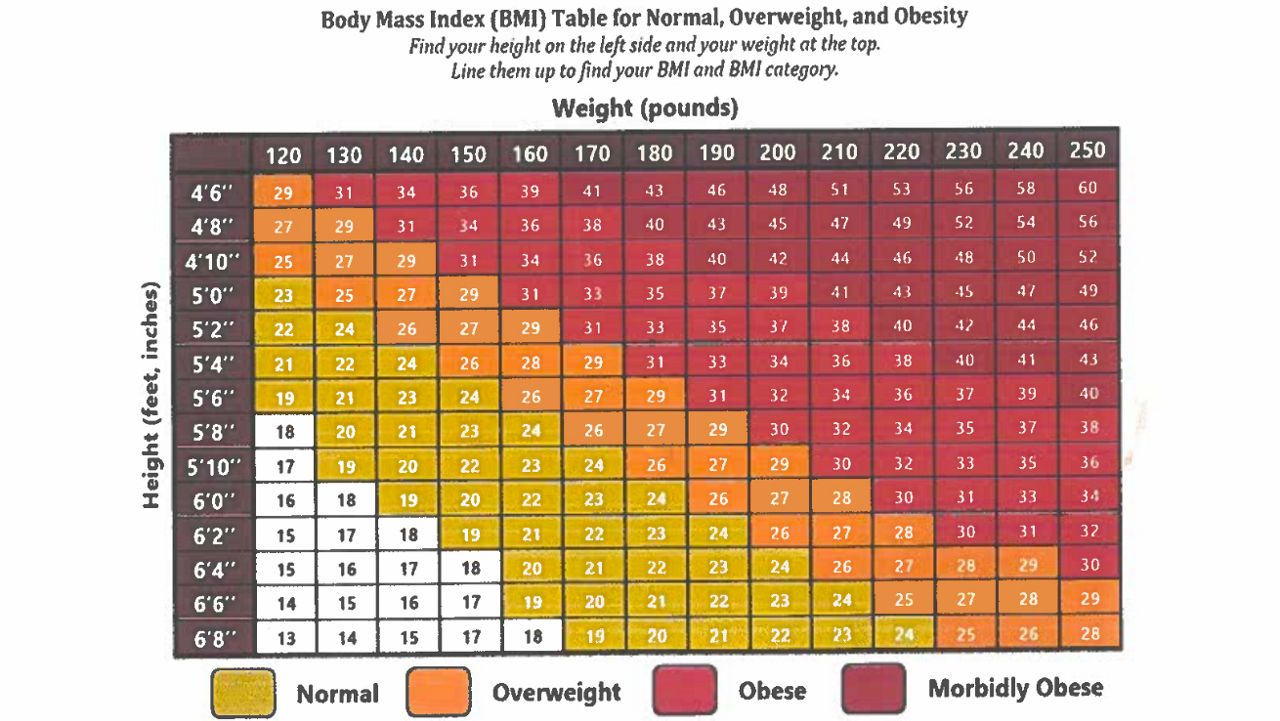Look at the Body Mass Index Chart below. Where do you stand? How about your children? Diabetes in young people, those younger than 20, is on the rise.
Per the CDC, researchers are predicting that by 2060, Type 2 diabetes cases could increase by 700% if current rates of new cases continue. Type 2 diabetes can be prevented. Here’s where researchers at University at Buffalo come in.

Classes were on pause over at Farber Hall on UB’s south campus. But research into keeping Buffalo and beyond healthy never takes a break. Enter Dr. Leonard Epstein, a SUNY distinguished professor of pediatrics in the Jacobs School of Medicine and Biomedicine.
“This is our third paper in JAMA on family-based treatment,” Dr. Epstein said.
JAMA, or The Journal of the American Medical Association, is a peer-reviewed medical journal. Dr. Epstein co-authored the study published back in June. For 40 years, he and others have studied family-based treatments in a clinical setting. This most recent study was done in primary care.
“We have what's called the traffic light diet and activity plan, which categorized foods in terms of the nutrient density,” Dr. Epstein said. “Every single class talks about different parenting issues and talks about different kinds of activity programs.”
There were 452 kids ages six to 12, from Rochester, Buffalo, Columbus and St. Louis, as part of the two-year study. It was successful and surprising. Siblings lost weight as well.
“To show that the whole family changes, is really important and it's cost-effective,” Dr. Epstein said.
Cost-effective because it means a single stop to the pediatrician. Dr. Teresa Quattrin, UB distinguished professor in the Department of Pediatrics and senior associate dean for research integration in the Jacobs School, is a co-author of the study.
“Overweight is affecting about 40% of adults and about 20% of adolescents,” Quattrin said.
Quattrin says a number of things need to change to make a healthier future for kids. First, stigmas need to go. Second, eating healthy needs to become more affordable and accessible. If not, obesity will create a challenging life for kids.
“First of all, diabetes and high blood pressure, and many more make me worry about the future of our youth,” Dr. Quattrin said.
Type 2 diabetes can be prevented. Quattrin's advice is simple: “Pre-planning is very important."
That could mean taking time on a Sunday for example to pre-cut fruits and vegetables, so you can grab them and go. If you have a picky eater, Quattrin has some advice for that.
“Make it the 10 tries, as we say,” Quattrin said.
What Quattrin means is to have a kid try something more than once. Pre-planning also includes physical activity.
“We have to help ourselves making changes and we have to accept that changes can be a little difficult,” Quattrin said. “So, it's easier to make them when kids are young and model them rather than changing as adults.”
“If you focus on what the kids can't eat, they're going to want to eat those foods. Focus on more healthy foods,” Epstein said.
Epstein says it won’t be an overnight fix. It takes three to six months for new behaviors to become habits.
UB researchers are working to secure funding that will allow them to develop materials so families can pursue this weight loss program with minimal guidance from professionals. For related information and some programs that can be done through telehealth, visit this link.
The numbers aren’t great for adults, either. For those who are overweight or have been told they are pre-diabetic. Quattrin says cut your weight by 5 to 7%. Nothing too drastic. She says it’s as simple as cutting out 250 calories a day. That’s equivalent to a coffee loaded with sugar and cream, cutting half a pound a week. She adds to not be afraid to ask your doctor questions.




